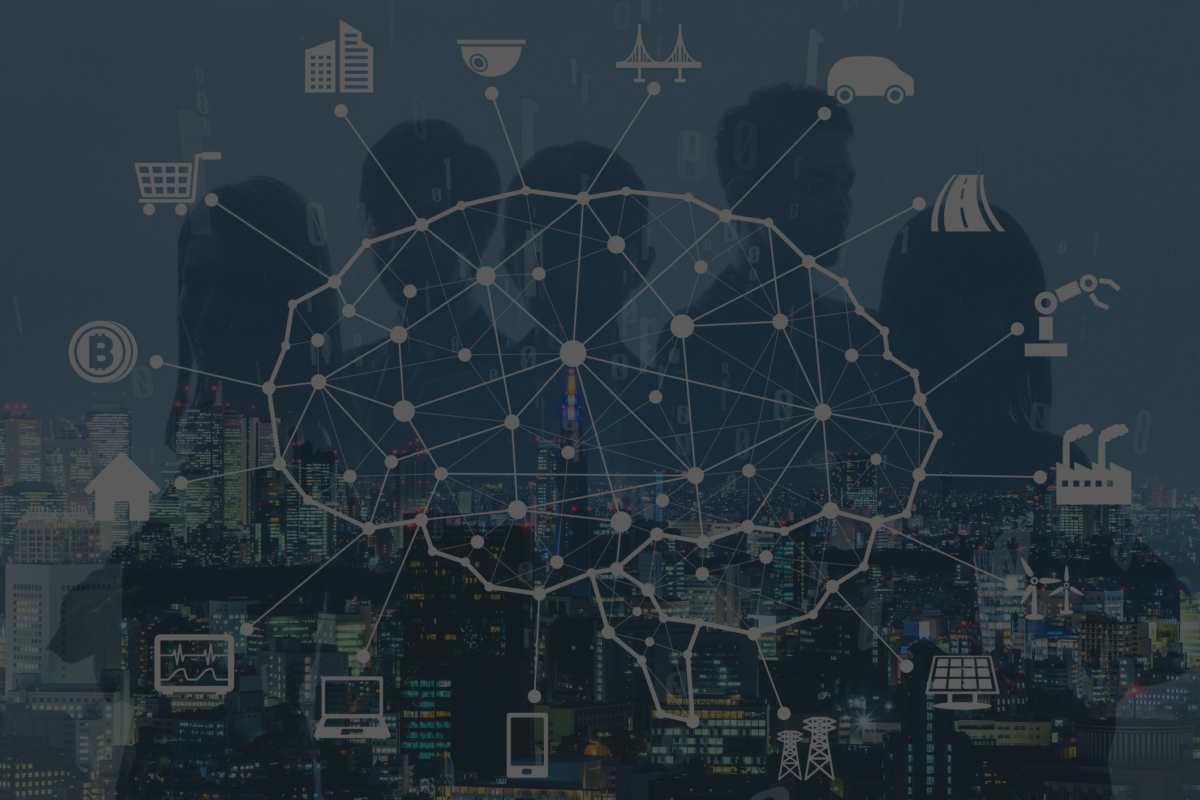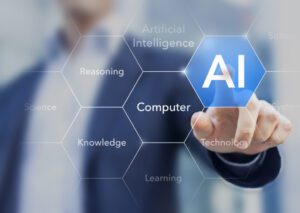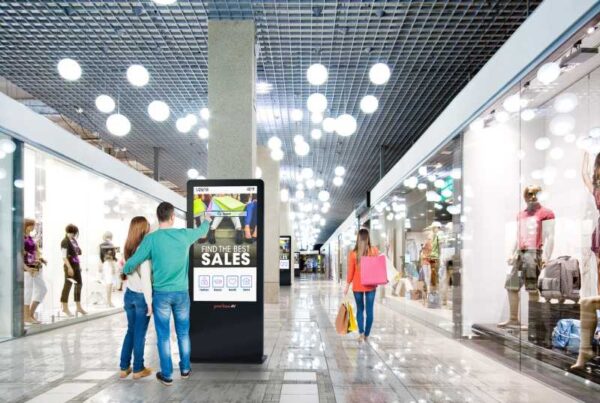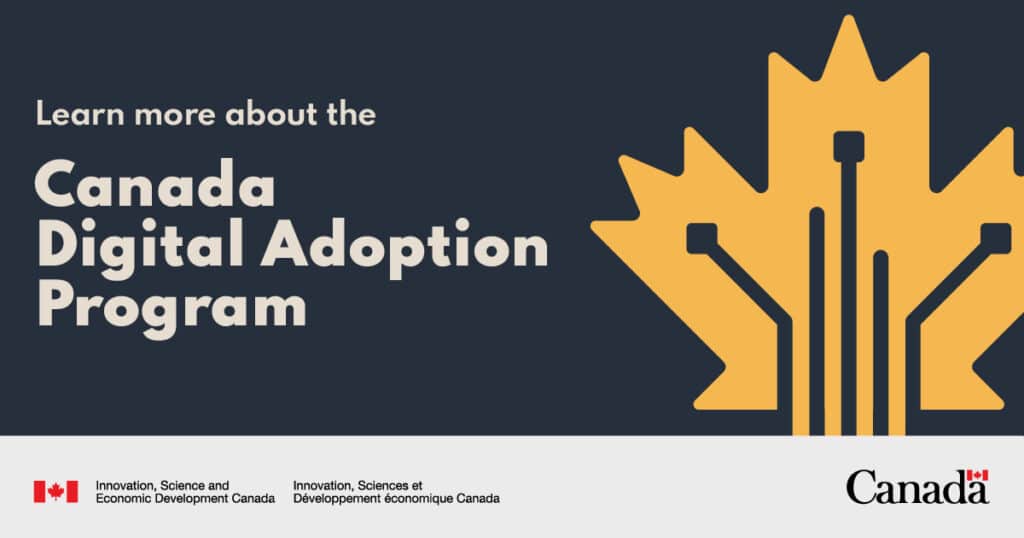Introduction
In Canada or the United States, one of the most popular and most attended events to watch are the Presidential and/or Federal Elections. Whether or not we agree with the candidates that are running for one of the most powerful positions on the planet, it is often quite exciting to see how the Electoral process actually unfolds, and see those numbers appearing on our television screens as the political maps from all of the major news stations display which candidate has won in which state.
Probably the most climatic event is when those 270 Electoral Votes (or more) are actually gaining by either candidate, where in the end one side will declare victory and the other side will concede defeat. In this regard, probably one of the largest margins of victory occurred in the 1984 elections, in which Ronald Reagan defeated Walter Mondale 525-13. But probably the one Presidential election that nobody will ever forget about was the race between Al Gore and George Bush.
At first, the major news networks declared Bush the winner, but then later retracted that as the popular votes in Florida were too close to call. Over the coming weeks, the American people sat in awe as all of the legal wrangling and the manual counting of each ballot in order to confirm who the winner of that state was. But ultimately in the end, George Bush won, 271-266.
In order to get these votes and get their names out in front of the voters, the Presidential candidates have often relied upon the tried and tested means of mudslinging television ads, speeches of great promises and aspirations of things to come, mass mailings, telephone calls, donations, door to door knocking, pounding the pavements, billboards, signs, etc.
But, as the pace of technology has greatly advanced in the last decade or so, these traditional methods just described are fast becoming obsolete. Instead, the Presidential candidates of the recent elections and of those yet to come are now relying upon sophisticated digital media tools and technological platforms in order to gain those much-needed votes. In other words, political campaigns across all levels are now becoming virtual in nature. One such tool that is making all this happen is the use of “Artificial Intelligence”, or “AI” for short.
What Is Artificial Intelligence?
AI can be specifically defined as follows:
“It is the simulation of human intelligence processes by machines, especially computer systems. These processes include learning (the acquisition of information and rules for using the information), reasoning (using rules to reach approximate or definite conclusions) and self-correction.”
(SOURCE: 1).
It should be noted at this point that there are two types of AI:
Weak AI:
This is where the system is trained for just one certain task, and at times, requires human intervention. Typical examples of this include Siri and Cortana, the Virtual Personal Assistants (VPAs) for both the iOS and Android platforms, respectively.
Strong AI:
This is an AI system where it actually possesses human cognitive abilities, but on a very general scale. It finds solutions to unfamiliar tasks, without any human intervention. This is the type of AI that is favoured by the politicians when running their specific campaigns.
How AI Can Be Used In Political Campaigns Along Side Digital Marketing
Here are the areas in which AI can be used by the politicians to help them win their campaigns:
The harnessing of all of the information and data that is generated:
The one thing that the 2016 Presidential campaign proved was that using Social Media tools such as Facebook, Linked In, Twitter, Instagram and Pinterest can be very pivotal in capturing the votes that are needed, especially in too-close-to-call elections. Heck, we are even seeing now just how powerful Social Media Marketing can be even when a currently sitting President is using it. The prime of example of this is Donald Trump, where one of his tweets can substantially move the financial markets, especially when it comes to matters of the tariffs that are being placed on China. But apart from this, these Social Media tools can also generate a ton of valuable demographic and personal information/data about the potential voters. By using an AI system, a politician and his or her staff can, within minutes, aggregate all of this data and find any trends that can be used to their fullest advantage in order to win an election. It would normally take a professionally trained Data Analyst and very expensive computer system which can cost as much as $200,000.00.
(SOURCE: 2).
An AI system will cost a fraction of this amount, especially if it used as a hosted service offering through one of the major Cloud providers such as the Amazon Web Services (AWS) or Microsoft Azure.
Use in research and media monitoring:
Rather than having to hire a full-time staff to keep up with what the opposing political party is doing, and how the media is reacting to all of the TV commercials and other forms of online ads, a carefully trained AI system can do all of this. There is already an AI application that is being used out there to do these specific tasks, and it is offered by an entity known as “Veritone”. Their particular system can monitor up to 750 live streams per day. It can even monitor podcasts, and YouTube videos as well, and also create transcriptions of the verbal dialogue that took place.
(SOURCE: 2).
Help analyze the 2020 Census:
Once this study takes place, it will become easier for politicians to get the results and filter through all of the data of the people they want to target in the upcoming elections. But once again, this will be too much of a gargantuan task for any one human volunteer to do, but AI can filter through all of this and present in an intuitive and easy to understand graphical format of what the politician needs to focus upon. More than likely as well, AI systems will be used to help with the redistricting issues that arise from the 2020 Census and come up with viable map options for the politician that is running for office.
The micro-targeting of various voter groups:
Once again, an effective AI system can be used to data mine or even data warehouse huge amounts of voter information and data (we are talking about Terabytes and perhaps even Petabytes of it) that can be used to identify the mood of the potential voters, how they have voted in the past, their party allegiances and preferences, etc. All of this can then be used to target extremely specific voter groups in the remotest of areas and localities in the United States, in an effort to capture their votes, and win a too-close-to-call election.
Engage individual voters:
Apart from targeting voter groups, an AI system can also be used to reach out to and communicate with individual voters as well. This can be accomplished via the usage of chatbots and discussion forums on the politician’s own campaign website. Remember, even having that personal touch to voters can pay huge dividends in the end when it comes time to cast their ballots.
Prevent the spread of false rumors:
Presidential elections here in the United States are probably the most notorious in the world for the spreading of false information as well as false rumors about both of the respective candidates. Nowadays, this is often broadcasted on Social Media, and the end result is that voter preferences can be swayed to the opposite direction in just a matter of a few seconds. A good AI system can monitor all of this activity and traffic, and even put a grinding halt to it by reporting this behavior to the right authorities and even sending messages to the opposing party to put a stop to all of these false innuendos.
Gauging political risks:
Mobile apps can be created with the use of AI in order to calculate the risks that are inherent if a candidate loses the attention of their potential voters. For example, a politician can quickly ascertain if a voter loses interest in their platform; when and how they should be reengaged; what to do if they switch to another party after they initially committed to you; and how garner the attention of a potential voter once again if they visited the money donation section of a campaign website but did not commit to any certain amounts of funds after the initial visit.
The Security Issues of Using AI In Political Campaigns
Despite the enormous strategic advantages that a political candidate can get from using AI in their election efforts, it does have a number of security related issues which are as follows:
It can be used to send fake messages:
Just as much as it can be used to intercept and stop fake messages, AI can also be used to even send those same messages in the first place. Probably the best example of this is the recent 2016 Presidential campaign. Research conducted at the University of Washington discovered that automated Social Media bots were covertly transmitted in order to increase the flow of Twitter message traffic to the Trump campaign. This was estimated to be double the activity of the Clinton campaign. On top of this, it was also discovered that the Trump campaign at that time also hired the firm known as Cambridge Analytica to access the accounts and profiles of well over 87,000,000 Facebook users by using AI tools.
(SOURCE: 2).
It should be noted that Bots are automated tools that are used to convey messages and content about a political candidate and their respective party.
The use of Deepfakes:
This was also exemplified in the 2018 midterm elections. In this instance, Deepfakes are “ . . . audio or video generated by AI which shows someone saying or doing something that they did not say or do.”
(SOURCE: 3).
A perfect example of this is a fake video or even podcast of the current Presidential Administration making threats to China invoking new tariffs, when in reality they never really recorded or aired such types of content.
AI and the Internet of Things (IoT):
There is no doubt that the world is becoming connected together. A lot of this has been catalyzed by the explosion of what is known as the “Internet of Things”, or “IoT” for short. This is where we are connected in both the physical and virtual worlds to all of the objects that we interact with on a daily basis. Probably the best examples of this are Siri and Cortana, the Virtual Personal Assistants (VPAs) that have been designed for both the iOS and Android platforms, respectively. For example, both of these tools can recommend food choices automatically when we visit a restaurant, and even turn on our stereo at home just by a simple voice command. These VPAs are actually lower level forms of AI. But, there is no doubt that the world of politics will soon enter into the IoT, because with this, they will now be able to reach a much broader and even that many more potential voters to their popularity simply issuing voice commands to launch quickly and simultaneous video and audio content. The main issue with this is that given the increased interconnectivity with the IoT, this only increases the attack surface for the Cyberattacker. As a result, they will be able to manipulate the AI tools so that they can automatically change the entire outcome of a Presidential Election.
Conclusions
Overall, this blog has examined what AI is, how it could be potentially used to win an Election, and some of the security issues that go along with it. There is no doubt that AI will continue to play a role in any kind of election, no matter how large or how small. But it still has a long way to go until it can completely replace human beings that monitor the polling stations.
In this regard, we will probably see AI being used more for the electronic means of voting, also known as “E-Voting”. But here is yet another aspect of it that can be used in a very interesting way – it was even used as mimic a candidate in recent Russian elections. Imagine that, the public will no longer have to deal with human politicians – they will all be automated and virtual.
Stay tuned for how this angle was developed – it will be covered in a future blog.
Sources
https://searchenterpriseai.techtarget.com/definition/AI-Artificial-Intelligence
https://www.greatlearning.in/blog/how-ai-and-machine-learning-can-win-elections/
https://www.ozy.com/politics-and-power/is-ai-coming-to-a-campaign-near-you/80623
https://www.youthkiawaaz.com/2019/05/ai-the-future-of-political-campaign/
https://hackernoon.com/https-medium-com-economymonitor-political-risk-forecasting-44322f5c8c62
https://www.cfr.org/blog/artificial-intelligence-has-power-destroy-or-save-democracy
https://www.cbsnews.com/news/how-ai-will-shape-the-future-of-election-security/














